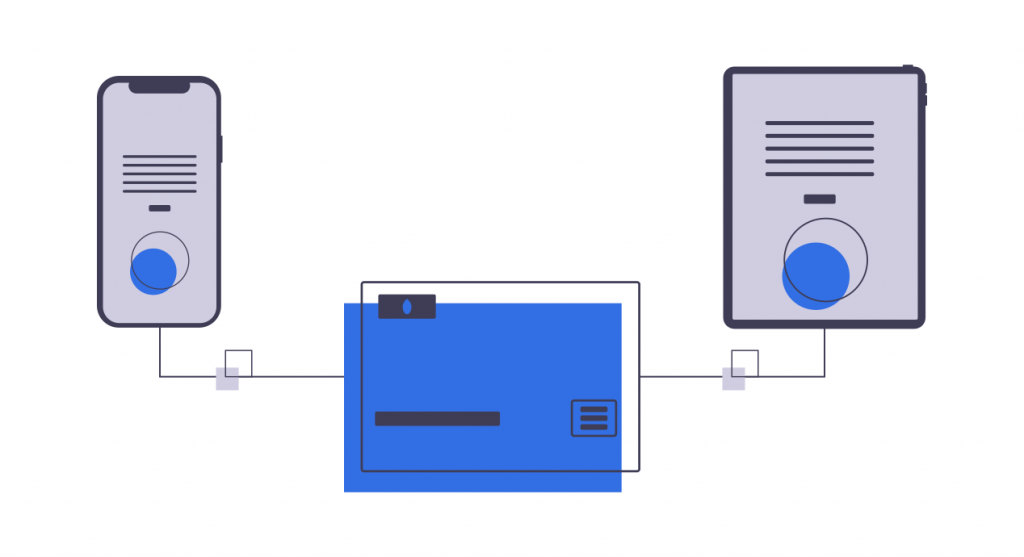What is Bandwidth
Various factors might require network administrators to limit the speed at which data either arrives or is sent out from a network. The process of limiting that speed is described with the term Bandwidth throttling.
The most adequate way to carry out Bandwidth throttling is by limiting the speed at which data is sent out from the client computer or server computer from which the data originates. If the Bandwidth throttling is done on the receiving end of the communication, there exists a risk of data packets getting lost in the process. The reason for this is that the low-level network that receives the information simply discards some of the incoming packets in order to throttle the bandwidth. When the limit is set at the starting point, no such risk exists.

Bandwidth Limitations
There are two main ways in which bandwidth limitations can be imposed. At an application level that happens through a client or a server program – web server, FTP server, steaming services, Bit-torrent clients, and peer-to-peer file-sharing applications. These can be configured to throttle the speed of the data being sent by the users directly. On the Network management level, these limits are using handled by the Internet Service Provider (ISP).
